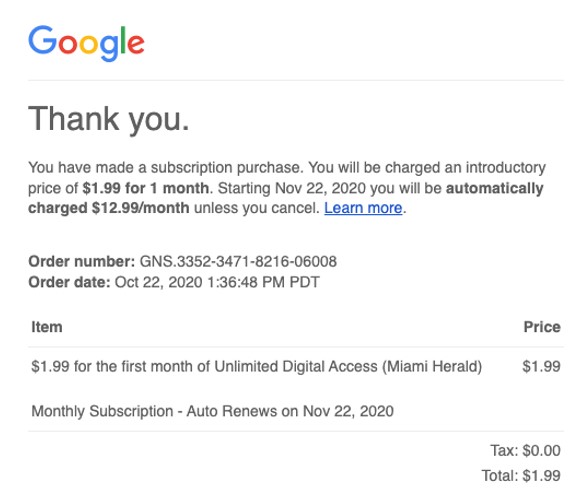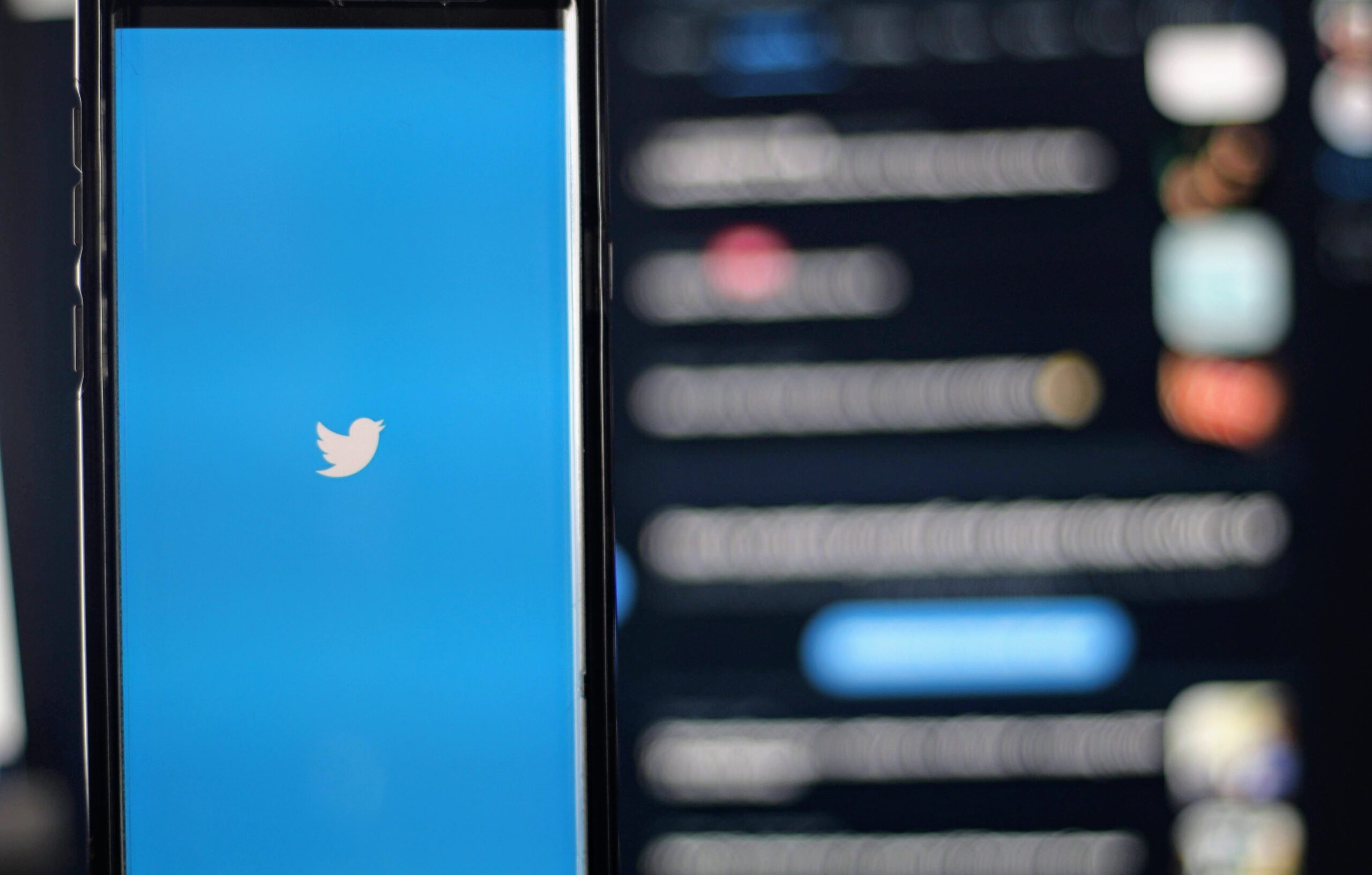Could Twitter Do for News What iTunes Did for Music?
On Saturday (what a day for a product announcement), Elon Musk tweeted what could be a big development for Twitter, the news industry and PR:

Let’s rewind. The date was October 22, 2020. The Miami Herald was running a series that I wanted to read, but the articles were behind a paywall. My options were:
- Subscribe to the Miami Herald at $13 per month
- Try to use a website like 12-foot Ladder or an app like Pocket to get around the paywall
I don’t live in Miami. I have no need for ongoing access to a local Miami newspaper. So option 1 made no sense for me. As for option 2? I believe the news, and especially local news, is worth supporting. As President Biden said at the recent White House Correspondents’ Dinner, “The free press is a pillar — maybe the pillar — of a free society, not the enemy.” And circumventing a paywall for a news article is, in my mind, akin to downloading an mp3 from Napster when I was in college and only wanted one song from an album.
Thankfully for me, the Miami Herald was running an introductory $1.99 month, enabling me to effectively pay a small amount of money to read these articles with a clear conscience (and canceling my subscription immediately after). But the experience left me thinking there’s got to be a better way.

Twenty years ago, the music industry was reeling because they made doing the right thing – paying for music – much more difficult than doing the easy thing – piracy. That all changed when Apple introduced the iTunes music store on April 28, 2003. As Doug Morris, then CEO of Sony Music, said, “Steve [Jobs] created something that made it so easy for people to buy music. He had a complete thought that went from iTunes to the iPod. It made complete sense, and it was something he felt people would be willing to pay for. In the end, he was right. It was all about having the right product.”
The iTunes Music Store worked to curb piracy by effectively competing with it. Instead of buying an entire album, I could now buy just one song. I didn’t have to make a big commitment.
While I’ve been no fan of many of the changes Elon Musk brought to Twitter, he does, as one of the founders of PayPal, understand the payment space. Much speculation abounded about his plans for introducing a payment platform on Twitter. It seemed to be a solution in search of a problem.
As Kara Swisher said on the April 14 episode of her Pivot podcast, “My question is, who needs another form of payment? What new utility would Twitter payments create for consumer businesses and retail consumers? A moderately tech savvy consumer already has a credit card, a debit card, a Venmo or Zelle account, Apple Pay or Google Wallet and stores their payment methods with Amazon and other frequently shopped merchants. So why would a payment product all of a sudden change things for Twitter?”
I believe the “killer app” for a Twitter payment platform is not to make Twitter the next PayPal, but instead to make Twitter the first “iTunes for News.” While Apple introduced its Apple News+ offering as a Spotify or Apple Music for news, with all-you-can-read access to more than 300 outlets included for $10 per month, that model isn’t for everybody because it requires an ongoing subscription commitment. Twitter, on the other hand, stands poised to introduce a new pay-per-view model that redefines the paywall. Instead of pirating an article, it will now be easy to pay for an article – and just that article – with no ongoing commitment. When the right thing to do is also the easy thing to do, people will change their behavior. iTunes did that for music, and Twitter could do that for news.
This isn’t a slam dunk for Musk. He’ll have to convince publishers to get on board, which could be difficult, especially given his generally antagonistic relationship with the media. As is typical for Twitter these days, the company didn’t share any details beyond this short announcement tweet. Details around revenue split and other requirements need to be worked out. Publishers need to opt-in, obviously. If this model takes off, I could see Apple News and Google News implementing similar features. And there’s nothing stopping publishers from setting up their own pay-per-view models within their own apps and websites.
What does this mean for PR practitioners? Pay-per-view articles could increase reach for coverage behind a paywall, making paywalled outlets more attractive pitch targets.
Personally, I’m cheering for Twitter on this one. When Musk asked for feature requests, he received more than 124,200 replies. Here’s mine:

Will Twitter be the first mover who helps usher in a new era of pay-per-view journalism? Or will this be another in a long string of failed attempts to revitalize the news business? I want to hear your take. Hit me up on Twitter @bsniz, on Mastodon @[email protected] or on LinkedIn.
Cover photo by Joshua Hoehne on Unsplash
